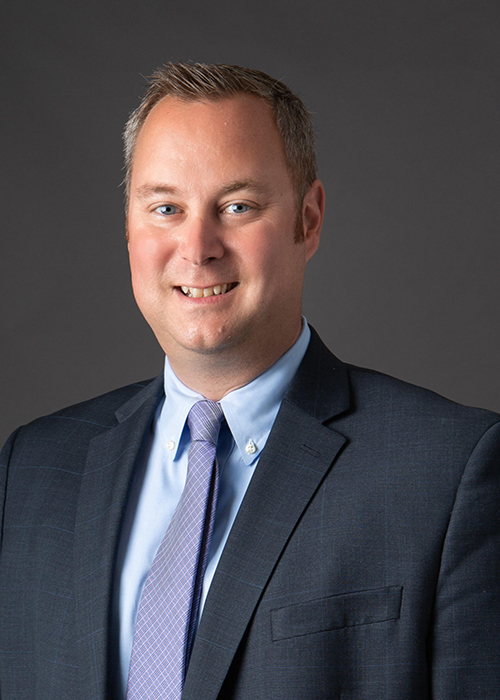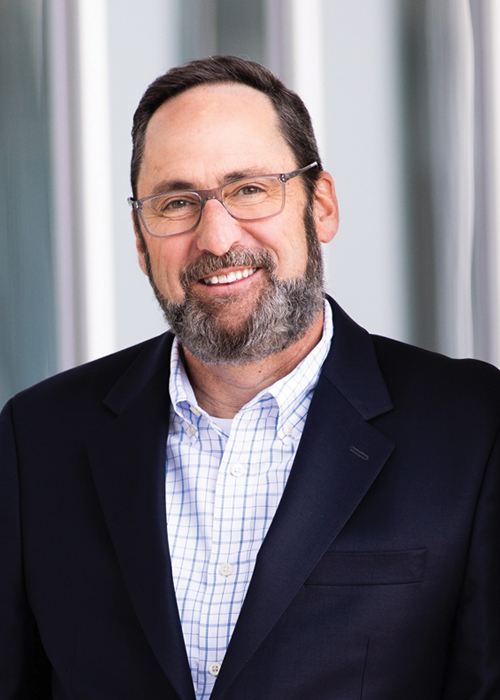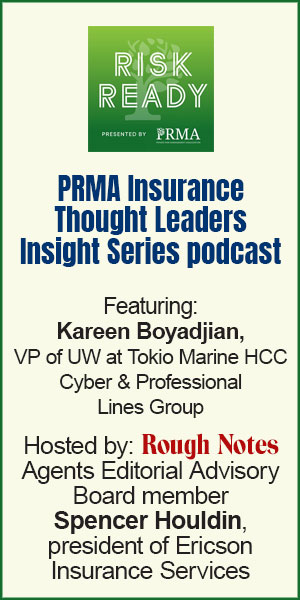The cost of risk and insurance
weighs heavily on a vital sector
By Joseph S. Harrington, CPCU
Just about every class of insured is struggling to find adequate, affordable property and liability coverage in the current hard market. But is it a “crisis”?
It is for nonprofit human service organizations, according to Social Current, an organization that describes itself as a “partner and solutions provider” to more than 1,800 nonprofits. The group says its clients “face unprecedented financial strain from rising liability insurance costs” compounded by increasing property insurance costs that are affecting all sectors.
“These costs threaten the stability of nonprofits at a time when their work is needed most,” the group reports. This observation points to a silver lining behind the dark clouds for nonprofits: At a time of great challenge, they are seeing growing appreciation from the public for their role in addressing critical human needs.
In a 2024 survey conducted by Independent Sector, an organization that advocates for nonprofits and philanthropies, nonprofits were the only category of organizations to earn a reputation for “high trust” from a majority of respondents, 57%. Ten categories in all were ranked, encompassing for-profit, nonprofit, government, and media organizations. Nonprofits and private foundations were the only two categories to show higher levels of trust in 2024 than in the previous year.
Public goodwill and public policy
Nonprofit organizations may need a reservoir of goodwill in coming months to prevail in public policy debates and succeed in market initiatives to bolster the sector and stabilize its risk profile.
“There is rising demand for services and care, driven by factors such as aging populations and economic uncertainty.”
—Brian Rozek
Principal
Baker Tilly

While nonprofit leaders are advocating for an expansion of tax credits for charitable donations, they also anxiously monitor proposals to restrict the tax-exempt status of some nonprofit revenue and to increase the amounts that foundations are required to pay out, an idea broached by Vice President JD Vance.
Among other things, nonprofits are on guard for attempts to subject some of their growing revenue sources, such as sales of advertising on their websites, to the federal “unrelated business income tax (UBIT),” which would drain both financial and staff resources to monitor and report.
Regarding insurance availability and affordability, Social Current says in its December 2024 article, “Policy Brief: Liability Insurance,” that nonprofit leaders are weighing ideas for the federal government to provide additional incentives for human service risk pools, support a national insurance captive for human service organizations, and/or enact a federal requirement that states provide for affordable coverage.
Market conditions
Conditions in the insurance market for nonprofit organizations are summarized by M3 Insurance, a broker and risk management firm specializing in the nonprofit sector.
M3 writes that “while market capacity remains limited, improved performance is bringing some stability. However, social inflation continues to drive up casualty costs, with record-breaking ‘nuclear’ and ‘thermonuclear’ verdicts pushing settlements higher.” The company notes that settlements for assisted living claims have risen significantly.

“Social inflation and legal system abuse are making it more and more difficult to underwrite liability coverage such as abuse and molestation.”
—Paul Siragusa
Senior Vice President, Underwriting, Human Services
Philadelphia Insurance Companies
On the property side, M3 finds that the nonprofit sector is not immune from the catastrophe losses and rising construction costs hitting all types of accounts nationwide. “Increased underwriting scrutiny and coverage limitations [are] becoming the norm.”
This is all happening at a time when demand for human services is growing but the personnel required to meet the need are harder to find.
“There is rising demand for services and care, driven by factors such as aging populations and economic uncertainty,” says Brian Rozek, principal at the advisory, tax, and assurance firm Baker Tilly. “Many of our corporate clients are expanding benefits for employees by increasing their offerings, making [employee benefits] coverage for [counseling] programs easier to access.”
Abuse and molestation
The problem is most acute for organizations that provide living assistance to vulnerable populations, including children, elderly, and persons with developmental and physical disabilities.
“Purchasing abuse and molestation coverage is very challenging if the provider has a significant amount of foster care or adoption exposure,” says Paul Siragusa, senior vice president of underwriting for human services, at Philadelphia Insurance Companies. “This is especially true in challenging legal venues.
“Social inflation and legal system abuse are making it more and more difficult to underwrite liability coverage such as abuse and molestation. We are being proactive with our insureds who serve populations at a higher risk for abuse by offering comprehensive abuse prevention training and resources free of charge.”
He continues that “for the past two or three years, premium rate increases across the property and casualty insurance market for social service providers have been in the 8% to 13% range.
“Several carriers have discontinued offering umbrella limits over $10 million, so coverage limits above that amount often have to be purchased from an excess carrier.”
Despite these challenges, Siragusa says Philadelphia remains committed to “continue to be a strong partner to organizations that serve the intellectually and developmentally disabled, mental health clients, and the homeless.”
“Commercial lines insurers face a transformational period fueled by increased claim costs, weather and climate-related events, economic volatility, and increasing cyber and technology risks led by AI,” says Rozek. “While insurance for cyber and artificial intelligence risks present significant new opportunities, they also pose challenges in fully understanding the risks and associated costs to ensure appropriate pricing and coverage.”
The author
Joseph S. Harrington, CPCU, is an independent business writer specializing in property and casualty insurance coverages and operations. For 21 years, Joe was the communications director for the American Association of Insurance Services (AAIS), a P&C advisory organization. Prior to that, Joe worked in journalism and as a reporter and editor in financial services.






